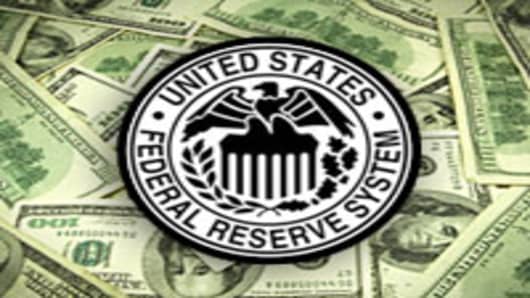So Federal Reserve Chairman Ben Bernanke thinks that financial regulators should be in the business of popping asset bubbles.
That might be good news if we had any reason to believe that Bernanke or his colleagues at the Fed had any way of detecting asset bubbles.
You see, the reason why it is so hard to detect bubbles is that when they are inflating, very few people think they are bubble at all. It’s only in hindsight — once the bubble has popped or at least deflated — when everyone looks back and agrees that we were in a bubble.
One reason we have trouble detecting bubbles is because economists like Robert Shiller have taught as a very dangerous vocabulary that distorts our image of bubbles. Shiller’s books, "Irrational Exuberance" and "Animal Spirits," treat bubbles as if they were the products of emotional delusion rather than cognitive errors.
Read about the housing bubble and you are sure to find talk of irrationality, manias, greed and wishful thinking.
In reality, the housing bubble was not irrational. There were plenty of rational reasons for people to believe housing prices could rise at unprecedented rates and not come crashing down.
Those beliefs turned out to be incorrect. But error is not the same thing as irrationality.
To see just how rational the housing bubble was, take a look at this paper published in December 2004 by Jonathan McCarthy, an economist at the Federal Reserve Bank of New York, and Richard Peach, a vice president at the FRBNY.
The strong rise in home prices since the mid-1990s has raised concerns over a possible bubble in the housing market and the effect of a sharp price decline on the U.S. economy. This article assesses two measures frequently cited to support a bubble — the rising price-to-income ratio and the declining rent-to-price ratio — and finds the measures to be flawed and the conclusions drawn from them unpersuasive. In particular, the measures do not fully account for the effects of declining nominal mortgage interest rates and fail to use appropriate home price indexes. The authors also estimate a structural model of the housing market and find that aggregate prices are not inconsistent with long-run demand fundamentals. Accordingly, they conclude that market fundamentals are strong enough to explain the recent path of home prices and that no bubble exists. Nevertheless, weakening fundamentals could have an impact on home values on the east and west coasts, where the new housing supply appears to be relatively inelastic. However, prices in these regions have typically been volatile, and previous declines have not had a sizable negative effect on the overall economy.
I suggest you read the paper for yourself. What’s startling is just how sober and analytical it is. The authors calmly explain why skyrocketing prices were not a concern because they had been accompanied by falling mortgage rates and rising incomes, which made more expensive homes more affordable.
They were so convinced of their No Bubble conclusions that they thought home prices wouldn’t decline even if the economy slipped into a recession.
“Our observations also suggest that home prices are not likely to plunge in response to deteriorating fundamentals to the extent envisioned by some analysts,” they write.
Once you understand how sober and rational a bubble can be, you can understand why detecting them is so hard, and why it is so unlikely the Fed will ever be able to puncture a bubble.
Imagine if in the face of the rational positions of Peach and McCarthy the Fed attempted to pop the housing bubble in 2005.
Economists, television pundits and the public would have screamed bloody murder. Politicians would have been calling for the resignation of the Fed chairman.
Questions? Comments? Email us atNetNet@cnbc.com
Follow John on Twitter @ twitter.com/Carney
Follow NetNet on Twitter @ twitter.com/CNBCnetnet
Facebook us @ www.facebook.com/NetNetCNBC



